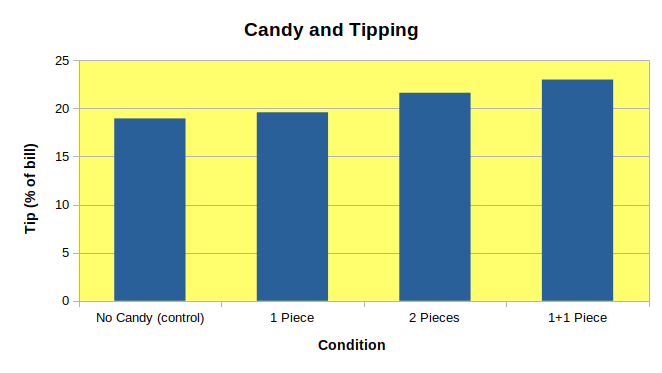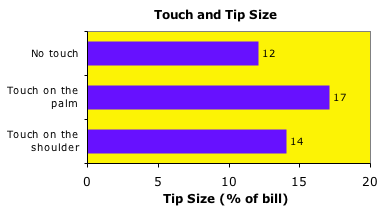A lucid dream is quite a different experience to a normal one. In a normal dream, the experience is like a film. You’re just watching what goes on, albeit from a first-person perspective, and you cannot control anything despite an illusory sense of agency.
In a lucid dream, you wake up during the film. You are as conscious as you are right now, reading this. You are able to make choices, move around, and in most cases, you are able to dictate what happens in your dream environment (it is a product of your own mind, after all).
This means you can do whatever you want in your dreams, have whatever dream you want to have. What is more, a lucid dream seems far more real than a normal one. Everything is lifelike and vivid, almost to the level you experience in real life, and sometimes more.
This article is a brief overview of the techniques I use to trigger a lucid dream. Using these, especially the ‘sledgehammer method’ you should be able to have a lucid dream quickly, within the first week probably. I found these techniques from a combination of a lot of time spent searching the internet, and using Stephen LaBerge’s book ‘Exploring the World of Lucid Dreaming‘.
1) Write your dreams down
 (Bekah Stargazing) |
Throughout all the sources I have found, this is the only universal tip. You keep a pad of paper – or preferably a journal you use solely for this purpose, and a pen by your bed. Every time you wake up, jot down the details of the last dream you had. There two main reasons for this. The first, is that this helps you to remember the dreams you have. You might have 3-4 dreams per night, but it’s likely you remember only one, at the most. By keeping track, you train yourself to remember dreams, which is very useful – there’s no point in having a lucid dream if you don’t remember it in the morning. Secondly, you can look over your diary of dreams, you can begin to notice things that repeatedly occur, maybe a particular location, event, person, character, object, scenario: whatever. You should then make a note of these recurring themes, known as ‘dreamsigns’ (more on this later).
2) Reality Checks
The primary way to become lucid during a dream is to consciously realise that you are dreaming. Your dreams are very often a reflection of your waking life, so you can use this to your advantage by performing ‘reality checks’, around 10-15 times per day. There are certain things that can and cannot occur during a dream, and by making a serious and deliberate check of these things regularly throughout the day, you will eventually find yourself making the same checks in a dream.
The difference is, when you are dreaming you will necessarily fail the tests, therefore realise you are dreaming, and become lucid. Here are the tests you should do:
a) Ask yourself “Am I awake, or am I dreaming right now?”.
It is important to take this test seriously, and assume that you are actually dreaming and attempt to disprove that ‘fact’. Because, as LeBerge notes in Exploring the World of Lucid Dreaming, if you simply take it as an obvious fact that you are awake, you will simply replicate this assumption in your dreams. Be aware of your situation and perceptions. Have a look around for anything dream-like.
b) Check some writing
 (D Sharon Pruitt) |
Find some text. Look at it, look away, then look back. Do it again. If the text changes, you are dreaming. If it stays the same, you are awake. I had this happen in one of the dreams in which I became lucid. I was reading a magazine, then decided to do a reality check. I looked away, looked back, and repeated this. To my surprise, the text kept changing. I realised I was in a dream, and became lucid. As I did, the whole experience became more vivid and lifelike. Fascinated, I looked again at the magazine (which I could now feel in my hand, and see the separate pages of, just as if it were real) several times. The text changed into a different jumbly mess of letters each time.
c) See if you can fly or float
Obviously, you can’t do this in real life. So if you can fly, float, or hover, you must clearly be in a dream. Try to do these during your reality check; try to will yourself to hover, or jump in the air and see if it takes a strangely long time before you land. If it does, you’re dreaming.
d) Check your memory
Memory doesn’t work all that well in dreams. Think back over what you’ve done over the last hour and beyond. Can you think of any details? If the details are hazy, you are dreaming.
When should you do your reality checks? Do them at regular points throughout the day, so that it becomes routine to do so. Do a decent amount each day – 10-15 should do it, and preferably try each of the above methods on each check. Try using set times, when waking, when brushing teeth, when on the bus/in the car to work/school, when eating lunch, etc etc.
As well as your chosen set times, perform a reality check every time you come across a dreamsign in real life. For example, I often find myself dreaming that I’m in a kitchen or a bathroom. Invariably, they are incredibly strange versions of such rooms, but I just accept them as normal. By doing a reality check every time I’m in a kitchen while awake, I find myself doing so in dreams too.
You can also visualise yourself seeing dreamsigns, and then doing a reality check that you fail, leading to a lucid dream. This will be useful if you have a dreamsign that you are unlikely to encounter in real life, such as an old friend you don’t see anymore, or something more abstract.
3) Fall asleep hoping
As you lie in bed, think about lucid dreams, and repeat your intention to have a lucid dream mentally. If your mind wanders to something else, bring it back to the affirmation that you intend to notice you are dreaming and become lucid tonight. This might help you fall asleep faster too, because your mind isn’t wandering.
4) Sledgehammer Technique
There is definitely a technical name for this, but I can’t remember it and I like this better! This is the single most effective way to have a lucid dream. Unfortunately, it is the most intrusive to your schedule.
First, a few facts:
- When we sleep, our brain cycles through different patterns or ‘stages’ of activity.
- We dream in the ‘REM’ stage of sleep.
- As the night goes on, periods of REM sleep get longer and longer.
- If we are cut off from getting REM sleep, we tend to enter it immediately when we do eventually sleep.
We can take advantage of these facts. First set an alarm for 5-6 hours into our sleep period. Then, we get up, and out of bed. This is hard to do.
While you are awake, drill the idea of lucid dreams into your head. Have a few websites bookmarked to read during this time (such as this one), print out a few articles to read, and if you have a book on lucid dreaming, read that.
Stay up for an hour or two doing this, just reading and thinking about lucid dreams. Do a load of reality checks, especially the visualisation ones described earlier. This really is the sledgehammer approach; overload yourself with thoughts, intentions, and information about lucid dreaming – prime yourself. Then go back to bed, and apply technique 3, above.
If you do this, you are very, very likely to have a lucid dream. I had one on my second night trying this. Of course, this is most effective when combined with all the above techniques, so the more dreams you have logged and the more dreamsigns and reality checks you have done in the past, the more likely it is to work. But it is highly effective as a stand-alone technique.
Another tip, is to decide what you want to do during a lucid dream, so that you don’t waste time deciding. Apparently, lucid dreams occur at a normal rate of time, so time is of the essence.
Hope these tips are useful, if you don’t get quick results please persevere, because I promise that lucid dreams exist and can be learned, I’ve done it myself so I would know! At the same time, this is a skill just like any other, and it may be some weeks or even months before you start having lucid dreams on a consistent basis. Make sure you don’t skip the step of writing your dreams down. Good luck!
Recommended Reading:












